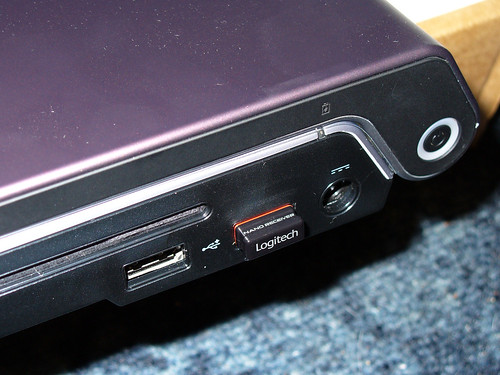Background
As part of our attempts to lower our currently-£180/month electricity bill, we've been looking at replacing some of our light bulbs with lower-Wattage equivalents. Despite only being built 12 months ago, this house was fitted with some pretty high-energy lighting. As per the NHBC requirements (I believe), the hallways were all fitted with annoying 4-pin "energy-saving" sockets, but the other rooms all came with incandescent bulbs! Not bad, given that the UK banned such bulbs only nine months later! Most of the rooms had standard bayonet cap fittings, so we replaced those immediately with cheap-but-perfectly-adequate CFLs. However the kitchen and the three bathrooms all had Halogen GU10 sockets, each fitted with a 35 Watt Halogen bulb. With eight in the kitchen, two each in two of the bathrooms and three in the third, that amounted to fifteen 35W bulbs for a total power draw of over 500 Watts! The kitchen alone uses 280 W when you turn the lights on. The ones in the kitchen aren't even positioned over the work surfaces or sink, making them near-useless, but that's a rant for another day.
Anyway, since LEDs are the new, up-and-coming light source of the future we decided to investigate our range of options in that area. I had already purchased a GU10 LED bulb from Ikea the best part of a year ago, and a GU10-fitting CFL from Tesco at about the same time, but neither were much good so we hoped that some other options would be more reasonable. As such, we went to Homebase and Sainsbury's and bought whatever we could find that looked remotely useful. We had already decided that lighting all of the kitchen wasn't necessarily useful, and that, therefore, most of the kitchen would suffice with lower-brightness bulbs, with just a couple of high-brightness ones near where we're actually preparing food. This is why our purchase included a pathetically-low-brightness 1 Watt LED bulb.
